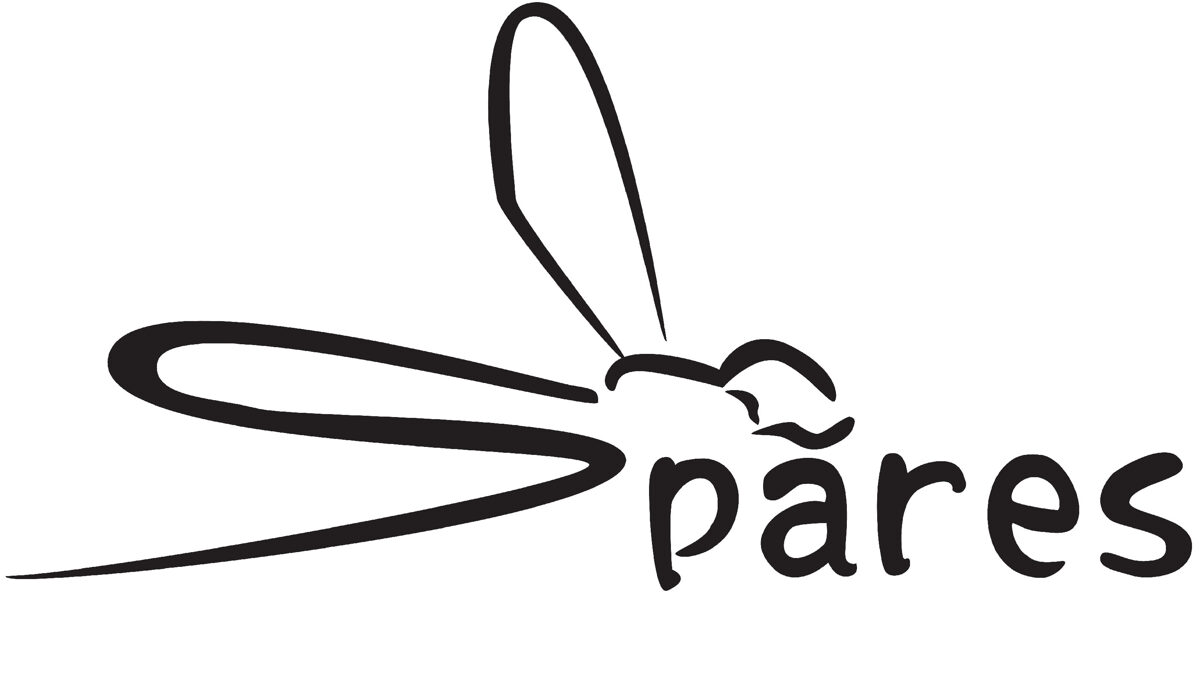Emmer Wheat (Triticum dicoccum)
Emmer wheat is a lesser-known grain in Latvia but widely used around the world. Scientifically known as Triticum dicoccum, it is referred to as Emmer in English, Farro in Italy, and Zweikorn in Germany.
Similar to spelt, Emmer is a hulled wheat variety. It requires extra processing effort due to its hard outer husk, which affects the end product’s cost. However, Emmer has excellent nutritional properties, higher vitamin content, and natural protection provided by its husk. Its popularity is rising in Europe thanks to its health benefits and ancient origins.
Historical Origins
Emmer is a descendant of einkorn wheat. Wild Emmer grains have been discovered in Northern Israel and dated to around 17,000 years ago. These grains were also found in ancient Egyptian tombs, proving their historic value. Emmer has fewer chromosomes than modern wheat – it is tetraploid with 28 chromosomes, compared to 42 in common wheat.
Culinary Uses
Emmer grains can be used similarly to common wheat – boiled, milled into flour, or included in various recipes. Our organic Emmer flour is darker, coarser, and has a rich, unique flavor. Breakfast flakes made from Emmer are full of vitamins and fiber.
One of our most beloved products is the Emmer pancake mix – with a taste unlike any other.
While Emmer contains a significant amount of gluten, it is absorbed more slowly and is often easier to digest. It is not suitable for people with celiac disease, but those with gluten sensitivity may tolerate it better than modern wheat.
Emmer is also a great alternative to rice – perfect for risottos, salads, or soups. Soak and cook it as a wholesome side dish.
Emmer is also used in the production of beer and whisky, adding value and depth to this versatile grain.
